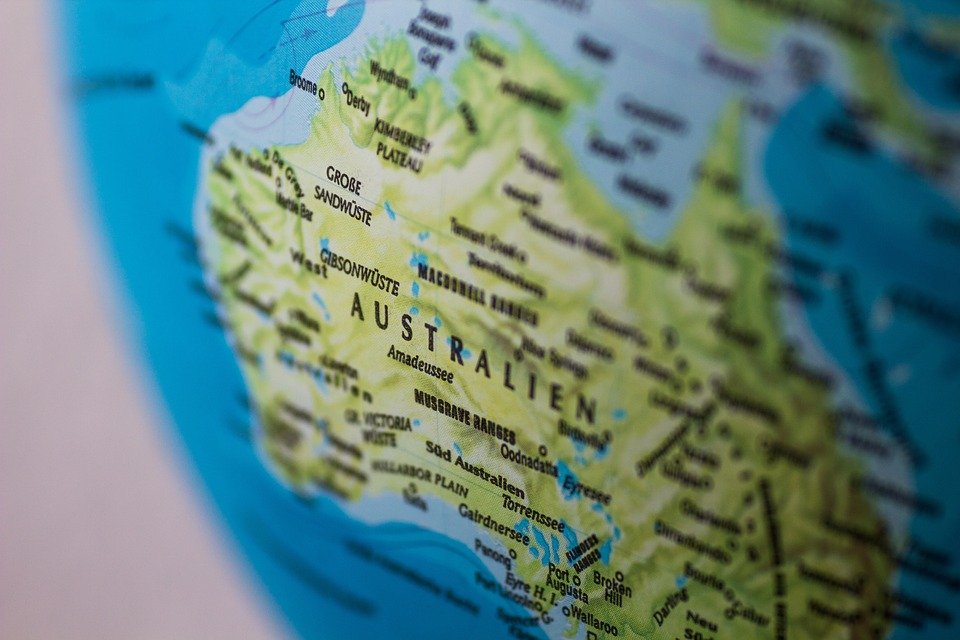[ad_1]
Using GIS Mapping to Visualize and Understand Spatial Data
GIS (Geographic Information Systems) mapping is a powerful tool for visualizing and understanding spatial data. It is commonly used in many industries such as transportation, public safety, urban planning, and environmental management. GIS mapping provides a way to spatially organize large amounts of data, allowing users to quickly identify patterns and relationships, and to make informed decisions.
What is GIS Mapping?
GIS mapping is a tool used to visualize and analyze spatial information, such as locations, boundaries, and geographic features. It uses layers of data such as roads, topography, and land use to create a comprehensive picture of an area. This data can be used to create maps, analyze patterns, and generate reports. GIS mapping can also be used to identify potential areas of development, and to assess environmental impacts.
Benefits of GIS Mapping
GIS mapping has many advantages over traditional mapping methods. It allows users to easily store, manipulate, analyze, and share data. It also provides a visual representation of an area, helping to identify patterns and relationships that may not be evident in a spreadsheet or other data format. Additionally, GIS mapping can be used to generate accurate reports, helping to save time and resources.
Applications of GIS Mapping
GIS mapping is used in a variety of industries and applications, including transportation, public safety, urban planning, and environmental management. In transportation, GIS mapping can be used to assess traffic patterns and identify potential areas for improvement. In public safety, GIS mapping can be used to identify crime hotspots and develop strategies to reduce crime. In urban planning, GIS mapping can be used to identify areas for development and assess the potential impacts of development. In environmental management, GIS mapping can be used to identify areas of conservation and plan for the sustainable management of natural resources.
Conclusion
GIS mapping is a powerful tool for visualizing and understanding spatial data. It allows users to quickly and accurately identify patterns and relationships, and to make informed decisions. GIS mapping is used in a variety of industries and applications, and can be used to assess traffic patterns, identify crime hotspots, plan for development, and assess the potential impacts of development. By utilizing GIS mapping, users can make better decisions and save time and resources.
[ad_2]


